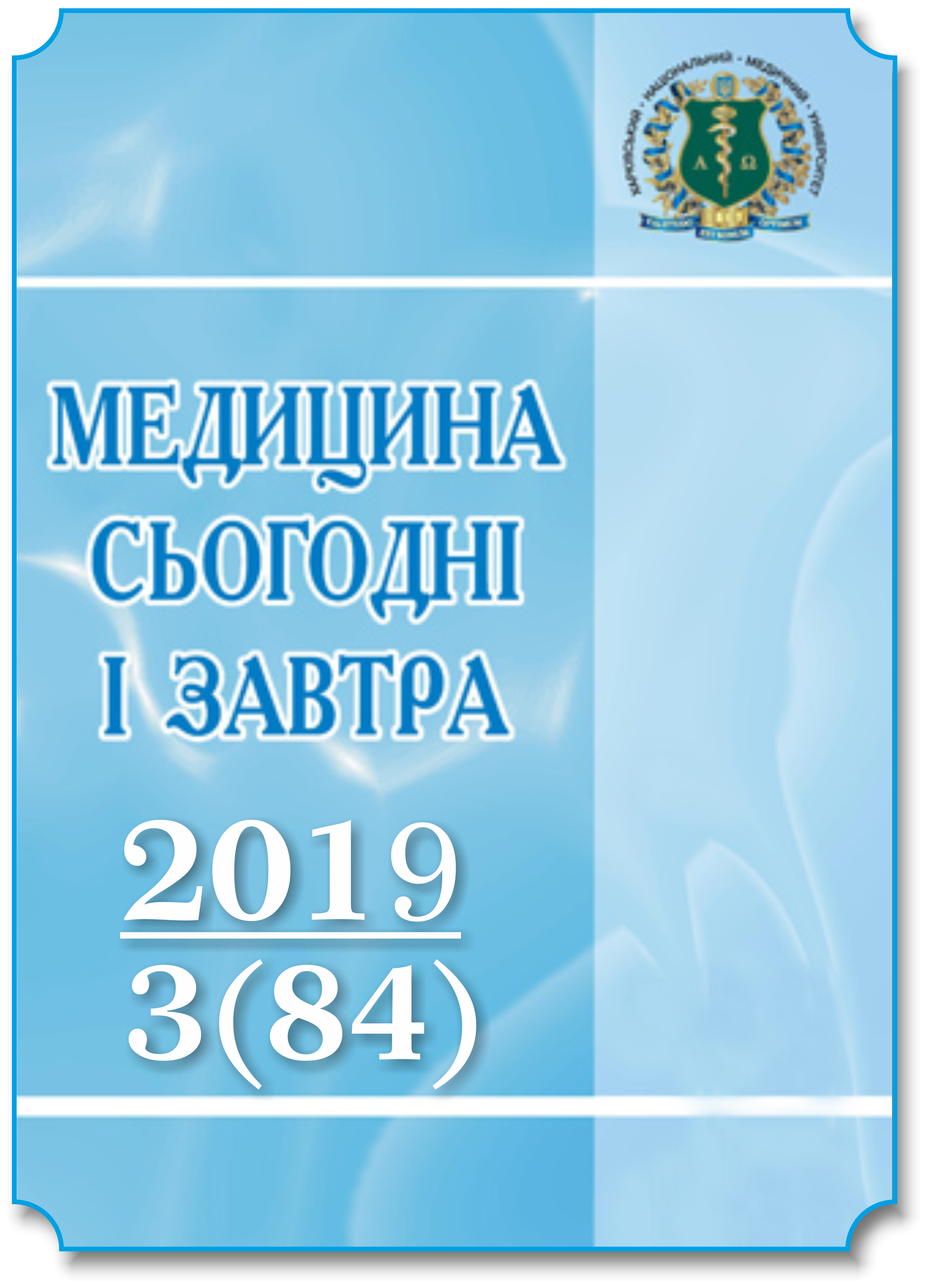Abstract
The pH, buffer capacity, salivation rate, impedance, micellarity and mineralizing ability of the oral fluid have been determined by the indices of the dispersion coefficient. The dispersion coefficients impedance of oral fluid in patients with a wedge-shaped defect and precervical caries were significantly lower than in patients with intact hard tissues (p=0,004). The greatest steepness of dispersion coefficient was typical for the oral fluid of individuals without any precervical pathology, which corresponds to a high degree of its liquid crystal phase, greater dispersion and micellarity. The strong indirect correlation between impedance and pH and buffer capacity has been revealed and the vivid direct correlation with salivation rate and dispersion coefficient has been found. The interconnections between biophysical parameters of oral fluid require further research in order to diagnose precervical pathology and monitor the effectiveness of preventive measures.
References
Tkachenko I.M. (2014). Оsоblyvosti vzаieмоzviazku kliniko-laboratornykh pokaznykiv rotovoi porozhnyny u patsiientiv, yakі nе maiut patolohii tverdykh tkanyn zubiv [The interplay between clinical and laboratory parameters of mouth of patients who do not have high abrasion of hard dental tissues]. Svit medytsyny ta biolohii – Word of Medicine and Biology, № 3 (45), рр. 97–101 [in Ukrainian].
Kovach I.V., Pivovarov M.Yu., Verbitskaia A.V. (2013). Izmeneniia fizicheskikh svoistv rotovoi zhidkosti u detei s rasshchelinami tverdoho i miahkoho nioba [Change in the physical properties of saliva in children with cleft hard and soft palate. Sovremennaia stomatolohiia – Modern Stomatology, № 3, рр. 68–71 [in Russian].
Dmytryshyn T.M. (2018). Analiz vzаieмоzviazkiv mizh mikrobiolohichnymy tа biokhimichnymy, biofizychnymy pokaznykamy u patsiientiv, yaki korystuiutsia znimnymy protezamy [Analysis of correlations between microbiological and biochemical, biophysical parameters in patients who use removable dentures]. Svit medytsyny ta biolohii – Word of Medicine and Biology, № 2 (64), рр. 44–48 [in Ukrainian].
Аlеkbеrоvа H.I. (2017). Otsenka pokazatelei smeshannoi sliuny pri nekarioznykh porazheniiakh emali zubov [The evaluation showed mixed saliva with non-carious lesions of tooth enamel]. Extended abstract of candidate’s thesis. Moscow, 23 р. [in Russian].
Denha O.V., Denha E.M., Levitskii A.P., Ivanov V.S. (1995). Vozmozhnost otsenki kariesohennoi situatsii po elektrofizicheskim parametram sliuny [Estimation possibility of cariesogenic situation by saliva electrophysical parameters]. Visnyk stomatolohii – Stomatological Bulletin, № 3, рр. 187–191 [in Russian].
Nikolaieva A.V. (2007). Profilaktika kariesa zubov u devochek s narusheniiem polovoho razvitiia [Preventive maintenance of teeth caries at girls with a delay of sexual development]. Extended abstract of candidate’s thesis. Odessa, 22 р. [in Russian].
Denha O.V. (1997). Chastotnaia zavisimost elektricheskoho impedansa rotovoi zhidkosti kak pokazatel yeie mineralizuiushchei funktsii u detei [The frequency dependence of the electrical impedance of the oral liquid as an indicator of its mineralizing function in children]. Visnyk stomatolohii – Stomatological Bulletin, № 4, рр. 507–510 [in Russian].
Obukhov Y.A. (2015). Lokalnyie i sistemnyie protsessy, vliiaiushchiie na razvitiie kariesa u detei (obzor literatury) [Local and systemic processes that influence the development of caries in children (the literature review)]. Pediatricheskiy vestnik Yuzhnoho Urala – Pediatric Bulletin of the South Ural, № 2, рр. 63–66 [in Russian].
Zharkova О.А. (2010). Sovremennyie podkhody k diahnostike faktorov riska vozniknoveniia kariesa [Modern approaches to the diagnosis of risk factors for caries]. Vestnik Vіtebskoho hosudarstvennoho meditsinskoho universiteta – Vestnik of Vitebsk State Medical University, № 9 (3), рр. 6–12 [in Russian].
Hulenko O.V., Khahurova S.B., Bykov I.M. (2017). Osobennosti fiziko-biokhimicheskikh svoistv rotovoi zhidkosti u detei s kariesom zubov na fone psikhonevrolohicheskikh rasstroistv [Peculiarities of the physico-biochemical properties of the mouthloid in children with dental caries on the background of psychoneuvrological disorders]. Vestnik RUDN. Seriia Meditsina – RUDN Journal of Medicine, vol. 21, № 3, рр. 329–338 [in Russian].

